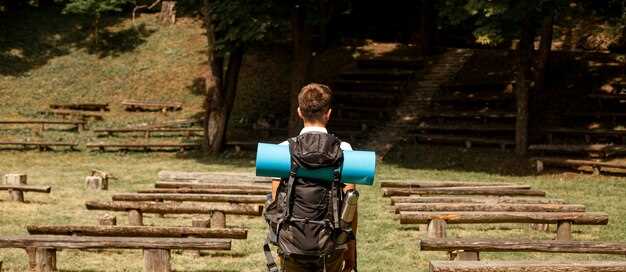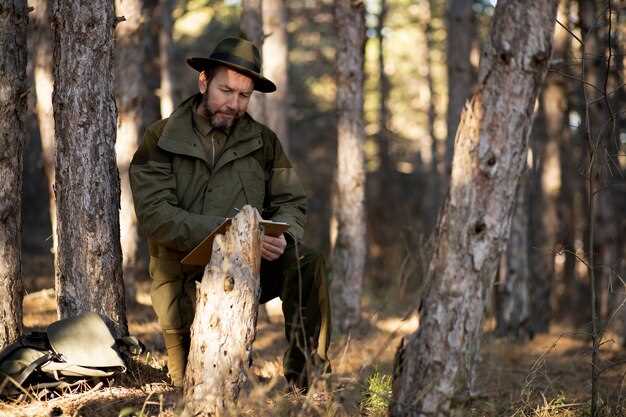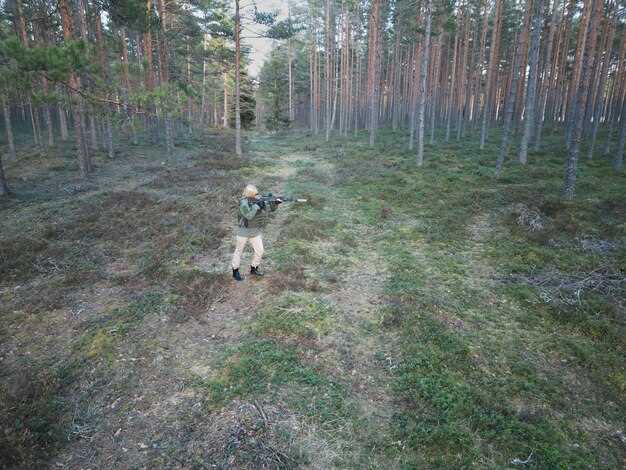
Understanding the movement patterns of game is crucial for any bowhunter aiming to refine their hunting strategies. The hours during which animals are most active can significantly influence success rates in the field. Mastering these times not only increases the chance of an encounter but also helps hunters to plan their outings more effectively.
The dawn and dusk hours stand out as the prime times for hunting, a period known as the “golden hour.” During these times, animals are typically more active, engaging in feeding and moving about, making them more visible to hunters. Timing your excursions to coincide with these peak hours can greatly enhance your chances of a successful harvest.
In addition to the daily patterns of movement, seasonal changes and lunar phases can also play a pivotal role in the behavior of wildlife. Recognizing these variations is essential for developing a comprehensive bowhunting strategy that adapts to changing conditions and maximizes hunting efficiency.
Understanding Deer Movement Patterns Throughout the Day

Understanding deer movement patterns is essential for developing effective hunting strategies. Deer are crepuscular animals, meaning they are most active during dawn and dusk. This behavior is driven by their need to feed while minimizing exposure to predators. During these twilight hours, hunters can expect increased deer movement, making it a prime time for hunting.
Throughout the day, deer tend to rest in areas that provide cover and safety. Midday hours often see decreased activity as deer seek shade and conserve energy. However, factors such as weather conditions and the rutting season can influence these patterns, leading to unexpected movement earlier or later in the day.
Weather plays a significant role in deer behavior. Overcast days can enhance movement, as deer feel safer with reduced visibility for predators. Conversely, extreme temperatures can cause deer to alter their routines, either seeking refuge during heat or becoming more active during cooler periods.
The rut, or mating season, brings heightened movement as bucks search for does. This behavior can disrupt typical patterns, creating opportunities for hunters who understand these changes. Observing local deer populations over time will provide valuable insights into their movement in various conditions.
Finally, utilizing trail cameras and tracking technology can enhance the understanding of specific movement patterns in a given area. Such tools help identify feeding, bedding, and travel routes, allowing hunters to choose optimal locations and times for their activities.
Identifying Prime Hunting Hours for Maximum Success

Understanding the movement patterns of deer is essential for successful hunting. These patterns are influenced by various factors, including time of day, weather conditions, and seasonal changes. Identifying the best hours to hunt can significantly increase your chances of encountering deer.
Deer are crepuscular animals, meaning they are most active during dawn and dusk. Observations show that the peak movement often occurs within the first few hours after sunrise and the last few hours before sunset. During these times, deer are more likely to be on the move, seeking food and social interaction, making it an optimal period for hunting.
In addition to the daily cycles, the time of year plays a crucial role in deer behavior. During the rut, or mating season, male deer are particularly active as they search for females. This increased movement can provide prime hunting opportunities throughout the day. Understanding seasonal patterns, such as food availability and breeding cycles, will help you to select the right times to head out.
Weather also impacts deer activity. Overcast days, light rain, and fluctuating temperatures often encourage deer to move more than during bright, sunny conditions. Hunters should consider these elements when planning their outings, as days with favorable weather may present better hunting chances.
Ultimately, successful deer hunting requires attention to detail and a strategic approach to timing. By focusing on the hours when deer exhibit the most movement, hunters can enhance their effectiveness and overall success in the field.
Leveraging Seasonal Changes to Enhance Hunting Opportunities
Understanding seasonal changes is crucial for hunters aiming to maximize their success. Various factors such as deer movement patterns, food availability, and weather conditions significantly affect hunting strategies. By aligning your hunting activities with these changes, you can optimize your chances of encountering game.
Different seasons bring distinct behaviors in wildlife, particularly deer. Here are some key points to consider:
- Spring:
- Deer are often found in open fields as they forage for new growth.
- The movement is generally consistent, with peak hours early in the morning and late in the evening.
- Summer:
- Deer tend to inhabit areas with abundant food sources, such as agricultural fields.
- Temperature plays a significant role; early morning and late evening remain the best hours for hunting.
- Autumn:
- This season marks the beginning of the rut, causing changes in deer movement.
- Active chasing behaviors create new hunting opportunities, especially during daylight hours.
- Winter:
- Deer gather in yards, making them easier to locate but less active during day hours.
- Hunting during the warmer hours of the day can yield better results.
To further enhance your hunting strategy:
- Scout Early: Before the hunting season begins, scout for active trails, feeding areas, and bedding sites.
- Monitor Weather Conditions: Weather changes can influence deer movement; be flexible with your hours based on forecasts.
- Adjust Your Timing: Be prepared to adapt your hunting schedule as the season progresses. Early season may require morning hunts, while late season could lean towards evenings.
By observing and adapting to seasonal changes, hunters can effectively enhance their strategies and increase hunting opportunities. Remember that patience and preparation are key to successful hunts.



